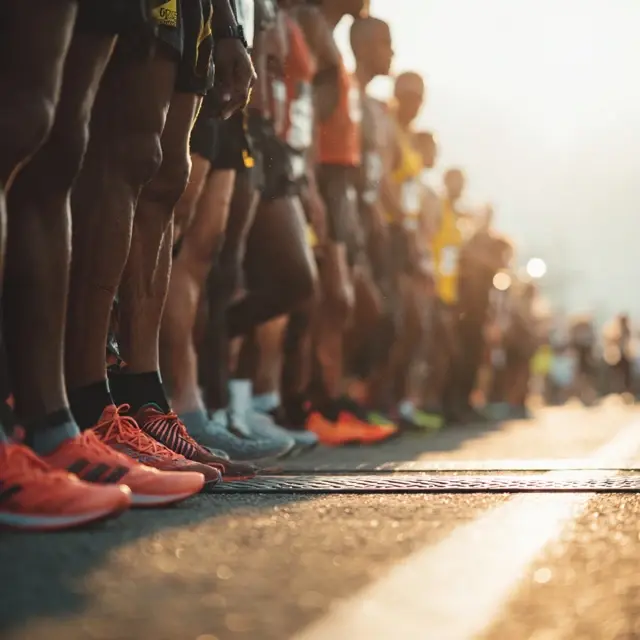Running Belt Choices That Go the Distance in Marathons
When preparing for the marathon journey, every piece of gear counts. A well-chosen running belt can be the difference between a distraction-filled race and a seamless performance. Beyond simple storage, the right belt balances comfort, accessibility, and endurance support for the long haul.
Why a Running Belt Matters for Marathoners
A marathon pushes both physical and mental limits. Carrying essentials such as gels, hydration packs, identification, or even a phone requires a solution that does not interfere with pace. A quality running belt eliminates bounce, organizes necessities, and keeps weight distributed evenly.
Key Features to Prioritize
When selecting a running belt for marathons, consider the following:
- Storage compartments: Look for multiple pockets to separate gels, cards, and electronics.
- Hydration options: Some belts integrate bottle holsters or soft flasks designed for easy sipping mid-run.
- Weight distribution: A good design prevents the belt from riding up or bouncing across 26.2 miles.
- Comfortable materials: Breathable fabrics reduce chafing and allow airflow on long courses.
- Accessibility: Quick-access zippers or elastic pouches make grabbing fuel effortless.
Best Types of Running Belts for Marathons
Hydration Belts
Hydration belts remain popular among distance runners who want reliable access to fluids. They often include angled holsters, minimizing the interruption when sipping during a race.
Minimalist Belts
For runners who prefer to travel light, minimalist belts offer slim profiles with just enough space for gels and keys. They are ideal for marathoners relying on on-course aid stations.
Multi-Pocket Belts
Runners who carry multiple items, from nutrition to personal ID, benefit from belts with organized compartments. These ensure quick access without fumbling in the middle of a stride.
Tips for Matching Belt to Training and Race Needs
- Test different styles during long training runs, not just short jogs.
- Balance capacity with weight—avoid belts that feel bulky after 15 miles.
- Match the belt to marathon course support; a hydration-heavy belt may not be needed if aid stations are frequent.
- Check compatibility with your gear, including phone size and preferred gel brands.
Common Mistakes to Avoid
Some marathoners make the error of choosing belts that are too loose or too snug. Ill-fitting belts lead to chafing and discomfort over hours of running. Others select belts without testing during training, only to face surprises on race day.
Final Thoughts
The marathon is about preparation, and the running belt you choose plays a critical role in that readiness. Whether you value hydration, storage, or minimal weight, the right choice supports your stride from the start line to the finish. Consider testing a few options in training, so your belt becomes as reliable as your shoes on race day.
Looking for more advice? Explore our running belt selection guide to refine your choice further.




